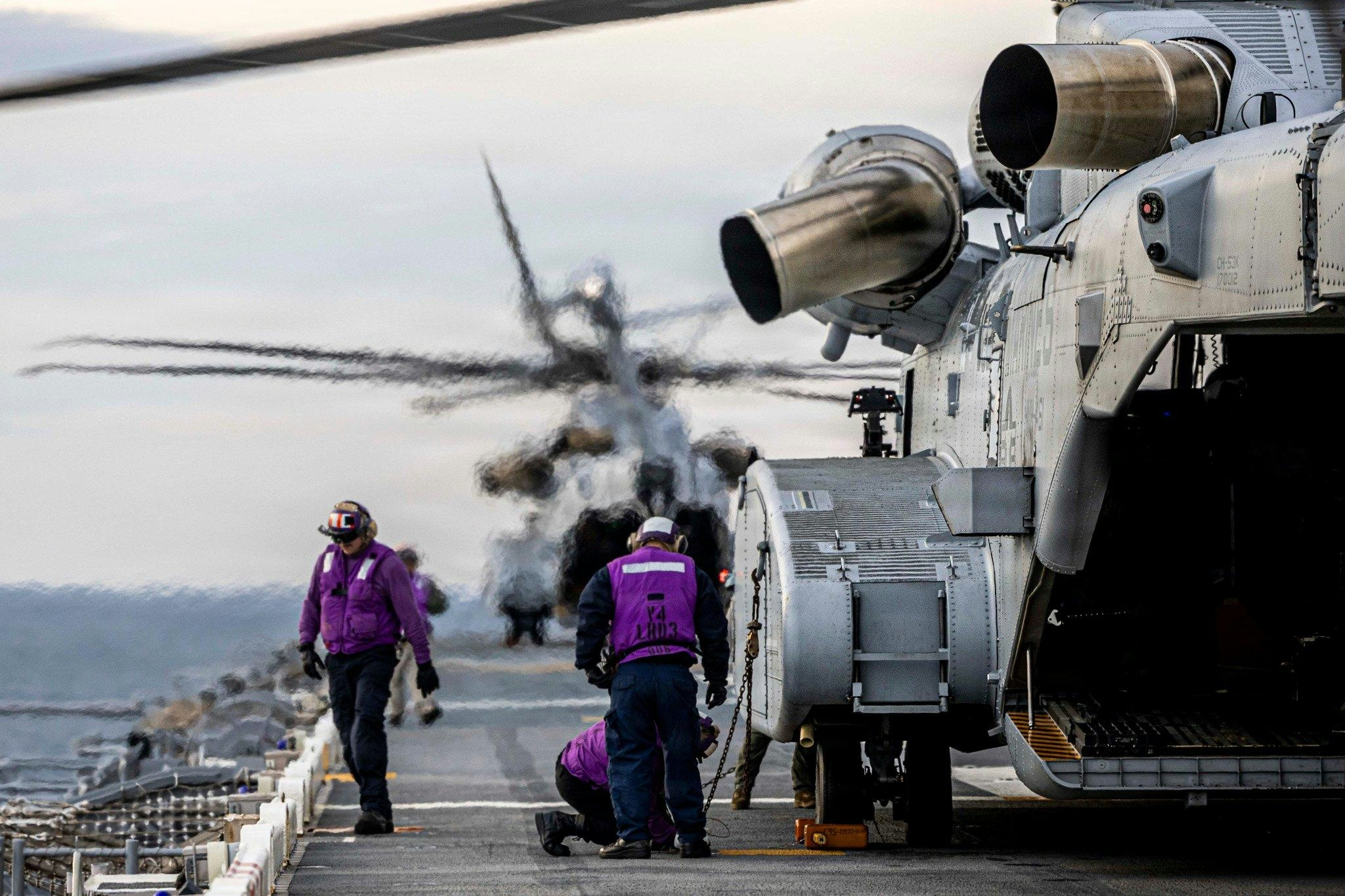
AeroGenie — Uw intelligente copiloot.
Trending
Categories
Elfly Signs $50 Million Deal with VET Airways
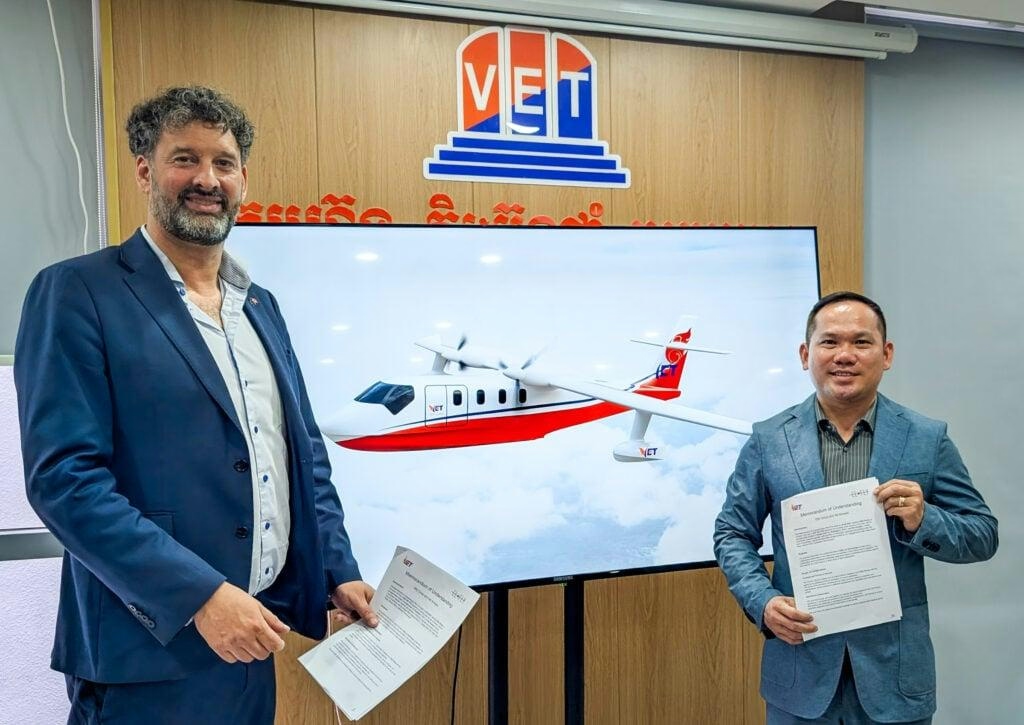
Elfly Signs $50 Million Deal with VET Airways for Electric Seaplanes
Elfly Group, the Norwegian pioneer behind the all-electric NOEMI (No Emissions Electric Seaplane), has formalized a memorandum of understanding (MoU) with Cambodia’s VET Airways for the sale of five NOEMI aircraft, valued at $50 million. This agreement represents a significant advancement in the introduction of environmentally friendly and versatile air transport solutions to Southeast Asia, providing access to both conventional airports and remote coastal areas while minimizing environmental impact.
Expanding Market Presence and Product Potential
With this latest commitment, Elfly’s total soft orders have reached 52 NOEMI aircraft, amounting to an estimated combined value of $550 million. The company reports a surge in global interest for its amphibious seaplane concept, with additional expressions of interest potentially elevating future orders to $3 billion. Elfly has secured MoUs from customers in Denmark, Greece, Indonesia, Panama, and now Cambodia, highlighting the aircraft’s appeal in regions characterized by challenging geography or extensive coastlines.
The NOEMI is engineered as an amphibious aircraft capable of taking off and landing on both water and traditional runways. This dual capability makes it particularly suitable for island nations and areas with limited infrastructure. Elfly plans the first flight of its full-scale prototype in 2027, aiming for commercial service entry by 2030.
Neak Oknha Suo Vireak, CEO of VET Airways’ parent company, Vireak Buntham Express Co. Ltd., emphasized the market potential in Asia, stating, “The amphibious NOEMI can fly straight from airports to the coast and outcompete road transport, which is important as we are looking into using it in our logistics network too.”
Challenges and Industry Context
Despite the positive momentum, Elfly faces significant challenges ahead. Regulatory approval remains a critical obstacle, particularly in meeting the stringent requirements of the European Union Aviation Safety Agency (EASA) for the NOEMI prototype. The company must also ensure the successful development and rigorous testing of its electric seaplane to satisfy safety and performance standards.
Market reactions to the deal have been mixed. Some industry experts express skepticism regarding the feasibility and scalability of electric seaplanes, especially given the traditionally cautious stance of the business jet sector. Concurrently, competitors may intensify their efforts to develop electric aircraft or seaplane technologies in response to Elfly’s progress.
Broader industry dynamics also present potential risks. Ongoing tariff disputes and military conflicts could disrupt the global aerospace sector, affecting supply chains and market stability.
Nonetheless, Elfly’s agreement with VET Airways underscores a growing demand for sustainable aviation solutions across diverse markets. As the company advances its vision, the NOEMI project remains at the forefront of efforts to transform regional air mobility with cleaner, more adaptable aircraft.
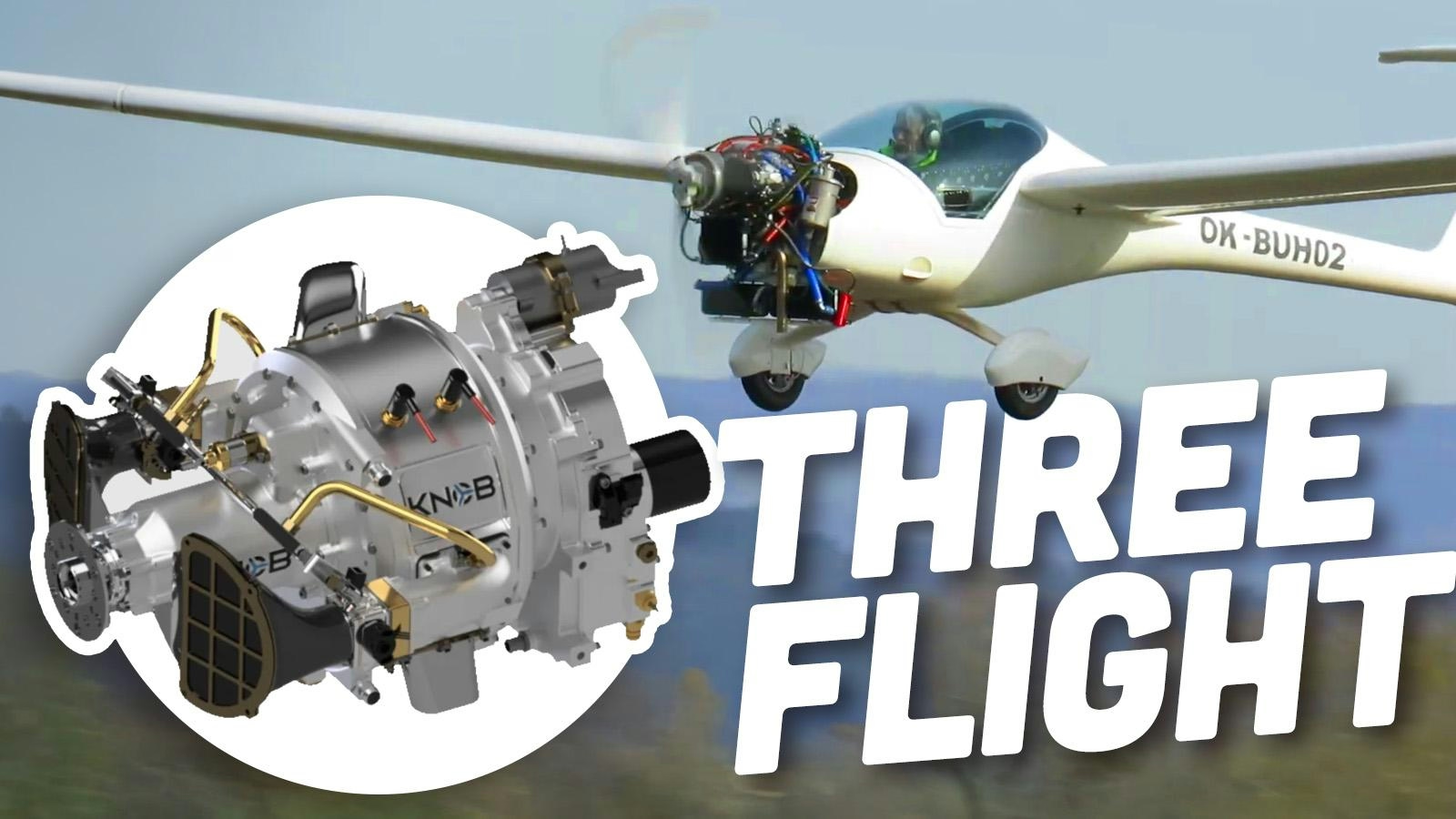
New Three-Cylinder Engine Features Rotating Block and Stationary Head
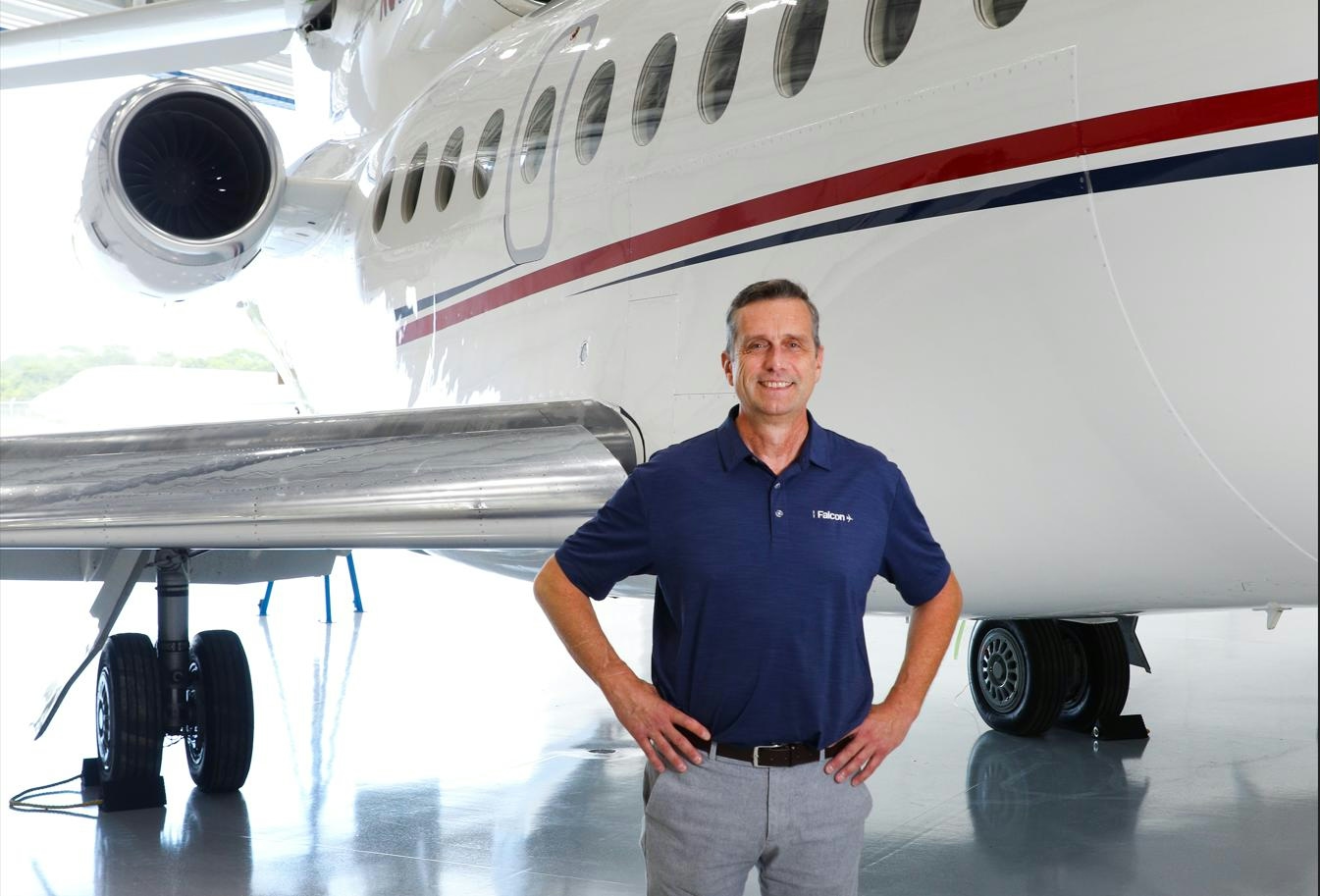
ExecuJet MRO Installs Starlink on Falcon 8X
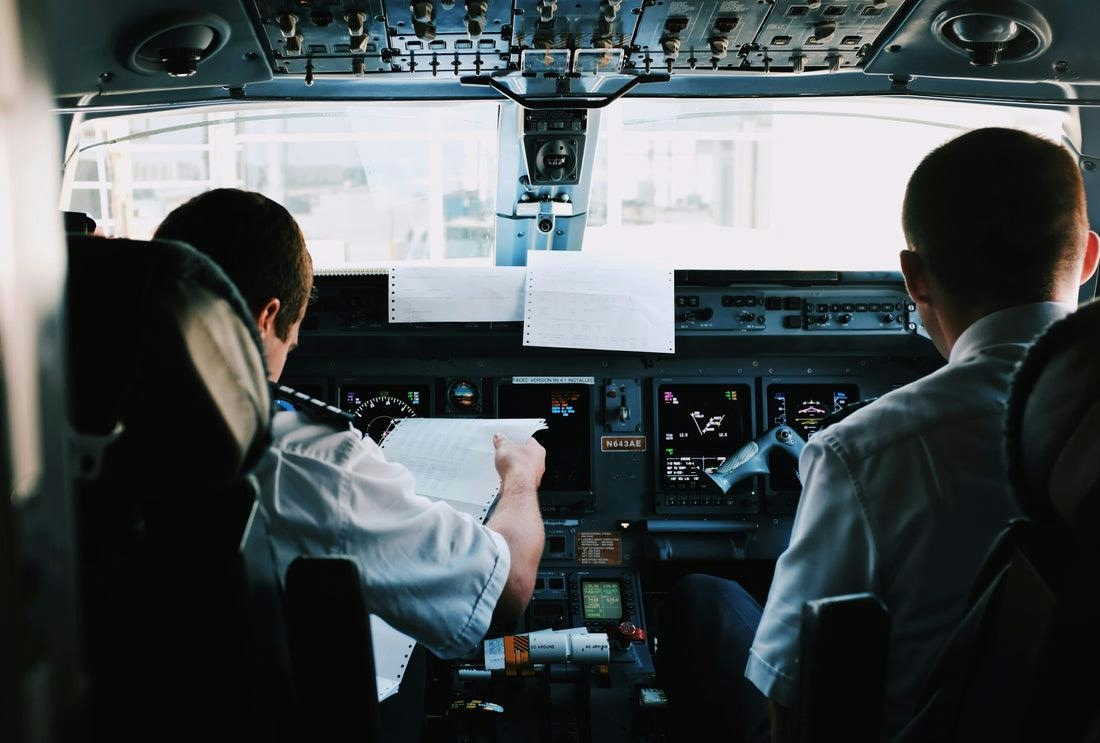
New Airlines Confront Supply Chain and Staffing Challenges

Global Airline Route Planning Software Market Forecasts Through 2035
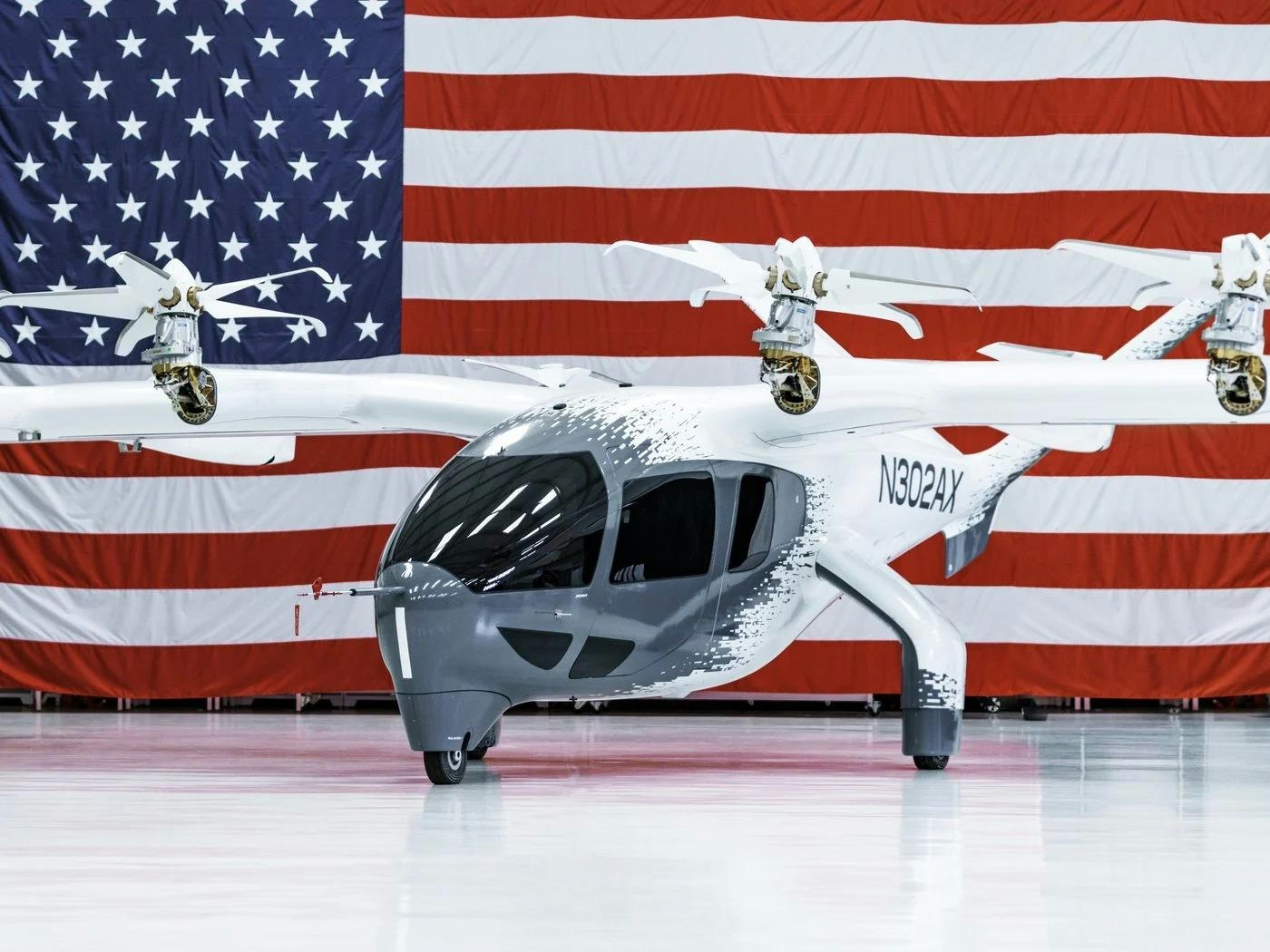
Archer Aviation Shares Rise Premarket Following Nvidia IGX Thor AI Partnership
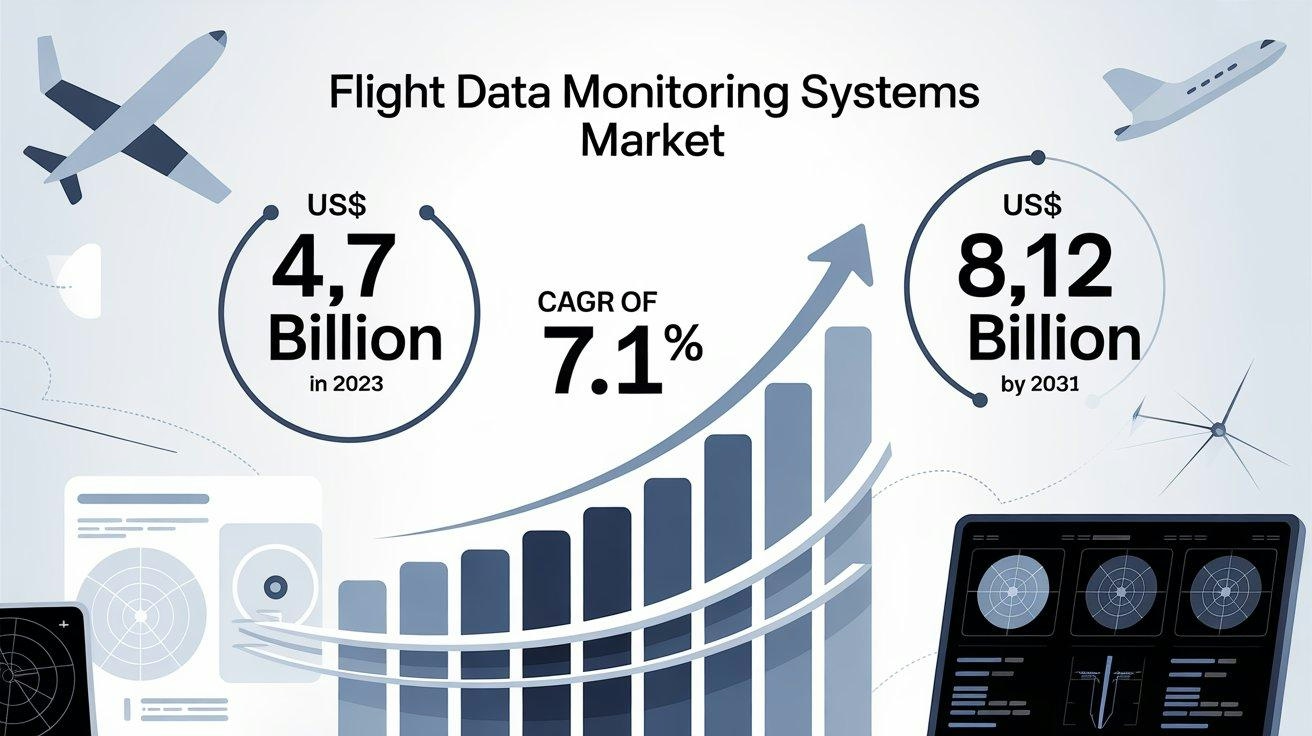
Flight Data Monitoring Systems Market Poised for Robust Growth Amid Rising Focus on Aviation Safety and Digital Transformation

Aircraft Avionics MRO Market Forecast and Analysis, 2024–2035
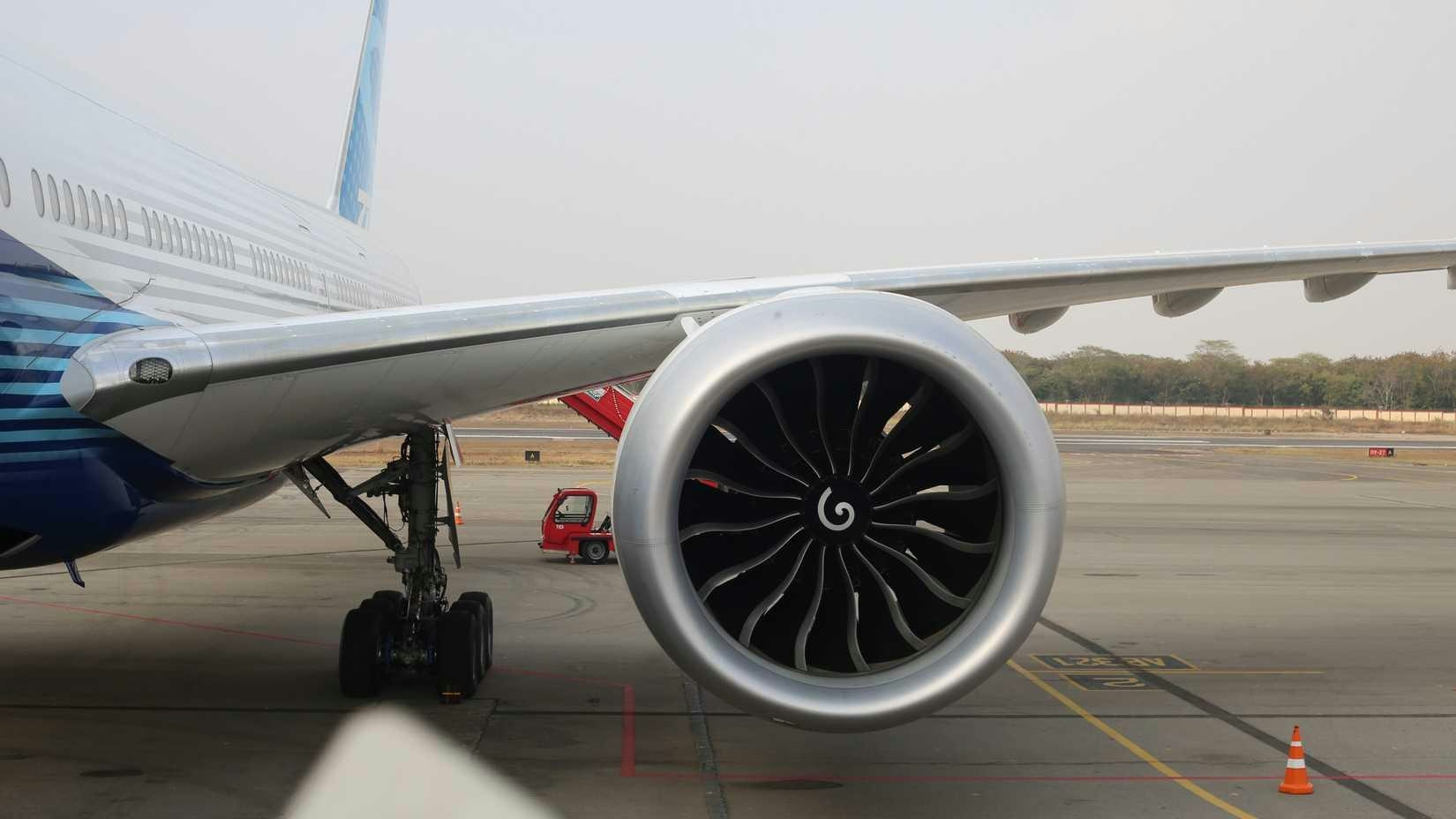
PIA to Lease GE90 Engines for Boeing 777
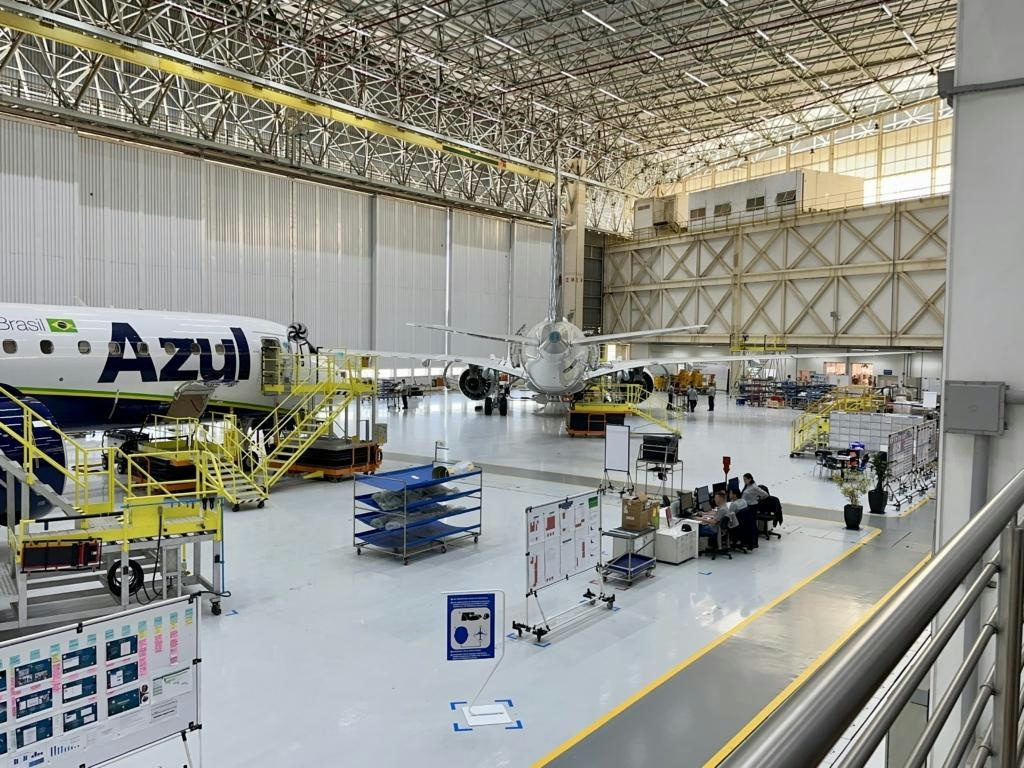
Adani–Embraer deal could bring commercial aircraft assembly to India
